Watershed Conservation
Riparian Restoration Tree Planting Initiative
The Western Pennsylvania Conservancy is accepting applications year-round through June 2027 for its Riparian Restoration Tree Planting Initiative, which provides native trees to landowners planted at no cost as part of Pennsylvania’s statewide water quality improvement goals.
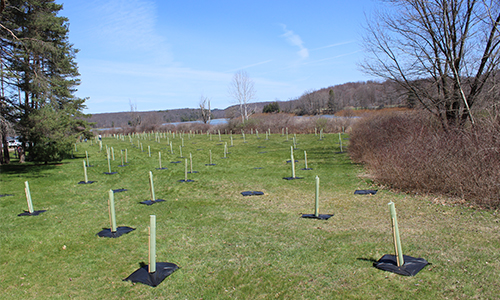
Yellow Creek State Park before Riparian Tree Planting

Yellow Creek State Park after Riparian Tree Planting
Funding is provided by the Pennsylvania Department of Conservation and Natural Resources Community Conservation Partnership Program (C2P2) to plant riparian, or streamside, buffers along waterways such as streams, springs, small runs or headwater tributaries, throughout western and central Pennsylvania.
Funding covers the costs of:
- a variety of trees and shrubs native to Pennsylvania
- tree protection materials
- labor to plant the trees
The Conservancy plans to plant 75 acres of unforested riparian areas with approximately 15,000 trees through 2027. Some native tree species available include oaks, maples, hickory, sycamore, dogwoods and willows.
Riparian trees can improve water quality and wildlife habitat by:
- stabilizing streambanks
- reducing sedimentation
- cooling water temperatures
- filtering pollutants such as excess nitrogen and phosphorus.
Qualifications
Landowners with open (or mostly open) land along waterways in more than 30 counties may apply. Those counties include, but are not limited to:
Allegheny, Armstrong, Beaver, Bedford, Blair, Butler, Cambria, Cameron, Clarion, Clearfield, Crawford, Elk, Erie, Fayette, Forest, Fulton, Greene, Huntingdon, Indiana, Jefferson, Lawrence, McKean, Mercer, Potter, Somerset, Tioga, Venango, Warren, Washington and Westmoreland.
Landowners statewide may apply because other funding sources are available for those in locations outside the named 30 counties.
Sites should have:
- a stream, including intermittent tributaries, springs and runs, that has little to no woody vegetation within 35 feet of the streambank;
- at least 250 feet of linear bank and a 50-foot setback from the stream edge (approximately ¼ of an acre of open riparian area);
- a public or private landowner, including farmers, willing to allow native trees to be planted within a mapped project area and consent to a multiyear landowner agreement.
Typical projects will not extend beyond 150 feet from the stream edge but may have a limitless length adjacent to the stream. (Some sites might vary from these parameters; circumstances will be reviewed on a project-by-project basis.)
Site visits will begin by June 2025. Planting by WPC watershed staff (or contractors selected by WPC) will begin in the fall of 2025 and continue during the 2026 and 2027 spring and fall planting seasons. Project implementation will be on a first-come, first-planted basis.
Applying for a Grant
Applications are open year-round through June 2027. Apply here.
Or email Monica Lee at mlee@paconserve.org with your contact information, listing “Riparian Trees” in the subject line.
If you have questions regarding the Riparian Restoration Tree Planting Initiative or the application process, please email Alysha Trexler at atrexler@paconserve.org.
-
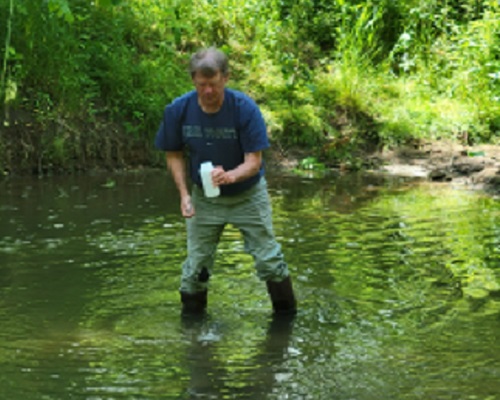
Conemaugh Valley Conservancy
The Conemaugh Valley Conservancy received a grant in 2023 to help with producing and distributing their annual report, and with promoting its annual sojourn and annual Triathlon on social media. The Triathlon had a record 146 registrants and raised a record $10,000 for trail maintenance.
-
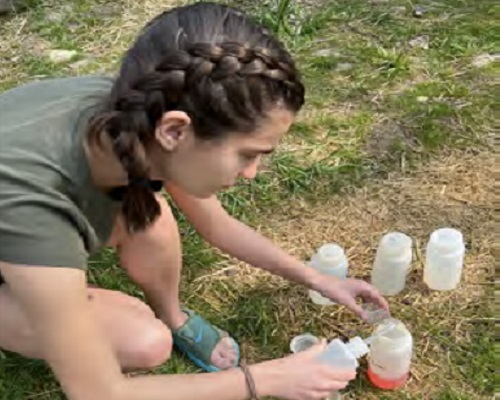
Creek Connections at Allegheny College
Creek Connections at Allegheny College purchased water quality monitoring supplies to help students in regional schools monitor water quality in the Ohio River watershed. Since 1995, the project has grown from five to more than 50 participating teachers at 40 middle and high schools in 2024.
-
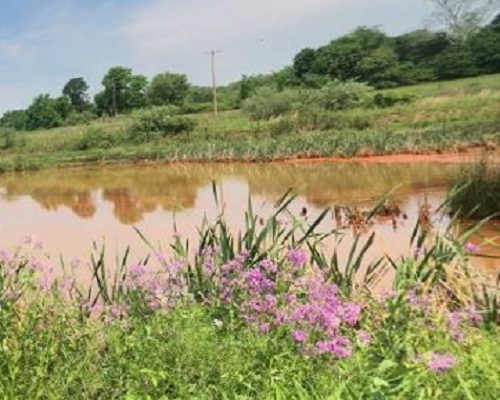
Kiskiminetas Watershed Association
Kiskiminetas Watershed Association printed trifold wildflower brochures, rack cards and newsletters for membership and their Trout Fundraiser. The KWA maintains a native plant preserve in West Leechburg.
-

Mountain Laurel Trout Unlimited
Mountain Laurel Trout Unlimited used its grant to help improve Stewarts Run, a tributary to the south branch of Black Lick Creek on State Game Lands 79. Trout Unlimited members, local volunteers and PA Game Commission staff strategically placed logs, root wads and rocks to support and protect streambanks, control erosion and diminish sedimentation.
-
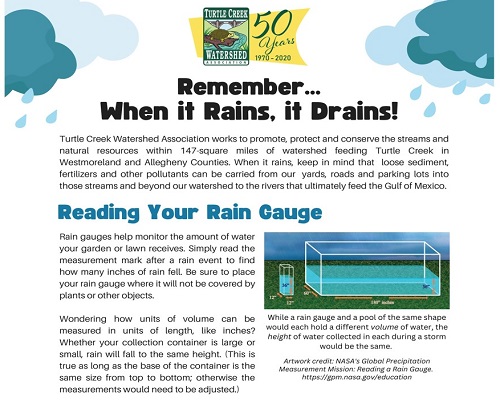
Turtle Creek Watershed Association
Turtle Creek Watershed Association used its mini grant to distribute rain gauges and fact sheets at library and school presentations, watershed walks and other community events. The group also received funds to produce newsletters for distribution during watershed activities.
-
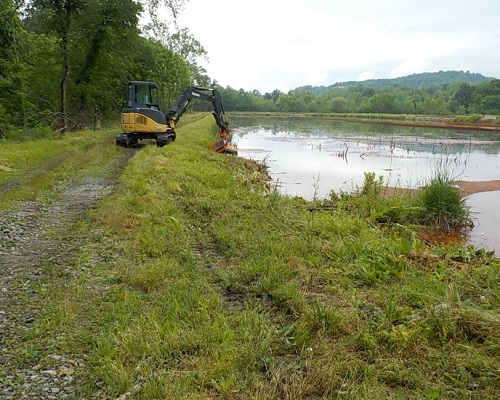
Sewickley Creek Watershed Association
Sewickley Creek Watershed Association used a mini grant to monitor water quality and manage vegetation at the Brinkerton Acid Mine Drainage treatment site. The funds paid for the subscription to Zentra Cloud for the CTD Sensors data service. Sensors gather information on conductivity, temperature and depth. The in-stream data collectors were on Jacks Run, a stream adjacent to the treatment system.
-
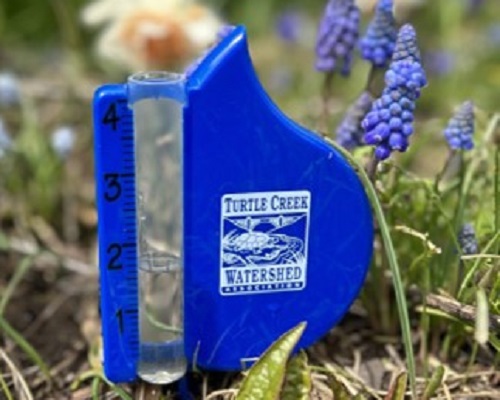
Upper Chartiers Creek Watershed Association
Upper Chartiers Creek Watershed Association conducted chemical laboratory tests on Chartiers Creek. Initially, they tested trace elements, due to the increased gas well drilling in the watershed. Results did not show high levels of trace elements, but did show high levels of total coliform and E.coli. They then looked for sources of bacteria, in particular from two sewage plants. They discovered that one plant was out of compliance with the EPA for several pollutants since at least 2020.
